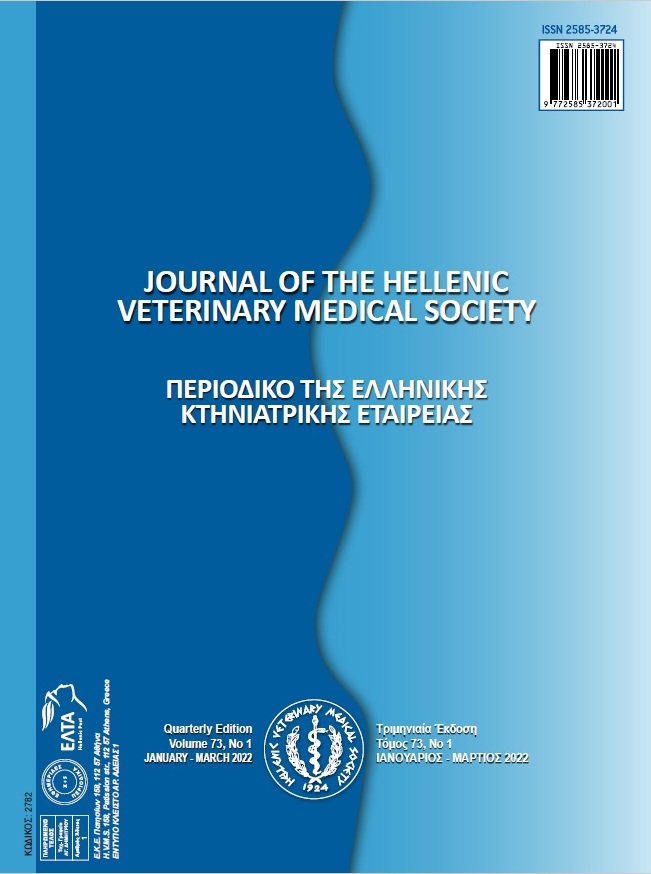Exploring the Relationship between Changes in Postpartum BCS (Body Condition Score) and Reproductive Performance in Dairy Herds
Resumen
The current research aims to explore the effects of Body condition score (BCS) reduction on some reproductive factors such as re-pregnancy rate, number of inseminations per pregnancy, clinical endometritis, and ovarian activity in Holstein cows and also the effects of number of calving and its difficulty, on changes in the BCS. Data analysis with spss 21 software shows that with a further decrease in BCS first month after delivery, the percentage of non-pregnant cases in the herd and the number of cows with inactive ovaries increases significantly. The rate of endometritis significantly increases by increasing negative changes in BCS by 0.5 units or more. The number of inseminations necessary for creating pregnancy in two groups of decrease in BCS was different with a statistically significant difference. The odds ratios of developing clinical endometritis and also inactive ovaries in cows with BCS changes< 0.5 were significantly greater. In addition, odds ratios of pregnancy with finally 3 inseminations in cows with changes in BCS ≤ 0.5 were significantly different from cows with higher BCS changes. BCS changes of cows in second calving were not significantly different from cows in first calving, while the changes in calving 3 and 4 were significantly different. Easy parturition and parturition with some help was not different in BCS changes but dystocia but dystocia has been associated with significant BCs changes (P<0.05). According to these results, it can be concluded that a further reduction in BCS was associated with a reduction in the reproductive performance.
Article Details
- Cómo citar
-
makki, meisam, Kamali, S., & Ahmadi, M. R. (2022). Exploring the Relationship between Changes in Postpartum BCS (Body Condition Score) and Reproductive Performance in Dairy Herds. Journal of the Hellenic Veterinary Medical Society, 73(1), 3641–3650. https://doi.org/10.12681/jhvms.25378
- Número
- Vol. 73 Núm. 1 (2022)
- Sección
- Research Articles

Esta obra está bajo una licencia internacional Creative Commons Atribución-NoComercial 4.0.
Authors who publish with this journal agree to the following terms:
· Authors retain copyright and grant the journal right of first publication with the work simultaneously licensed under a Creative Commons Attribution Non-Commercial License that allows others to share the work with an acknowledgement of the work's authorship and initial publication in this journal.
· Authors are able to enter into separate, additional contractual arrangements for the non-exclusive distribution of the journal's published version of the work (e.g. post it to an institutional repository or publish it in a book), with an acknowledgement of its initial publication in this journal.
· Authors are permitted and encouraged to post their work online (preferably in institutional repositories or on their website) prior to and during the submission process, as it can lead to productive exchanges, as well as earlier and greater citation of published work.



